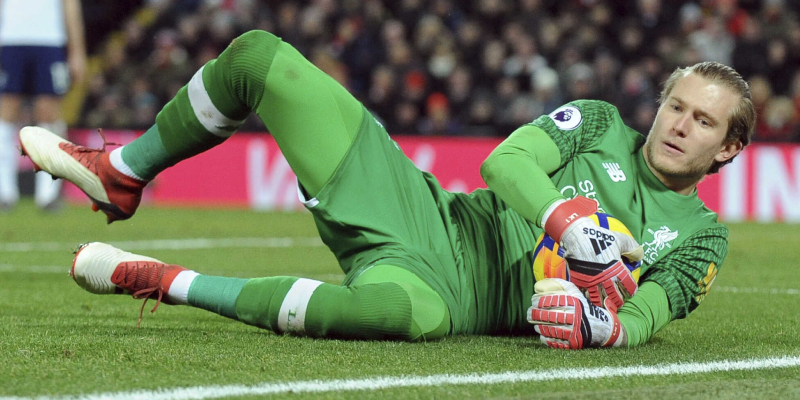
On August 27, 2014, a coalition of soccer players and their parents initiated a class-action lawsuit against FIFA (the Fédération Internationale de Football Association). In the complaint, the plaintiffs charge the international soccer governing body of neglecting players in the monitoring and treatment of head injuries sustained during games.
Rather than pursuing financial compensation, the lawsuit seeks to change specific rules within the sport, including how many times players may “head the ball” during a match and how teams manage substitute players for individuals under examinations for head injuries.
The filing against FIFA notes high school soccer players suffer a disproportionate number of concussions compared to wrestling, softball, basketball, and baseball combined, representing nearly 50,000 injuries in 2010. Highly publicized head injuries during the World Cup event shed even greater light on the need for changes in rules and regulations within the sport.
The suit represents the most recent in a spate of concussion related cases, which have affected the NCAA, NHL, and NFL.
Steps to Take after Sustaining a Sports Related Concussion
Regardless of the rules, players of any sport should have the right to take proper measures after a head injury to get the treatment they need. When colliding with a ball, player, or other structure during play, take the following actions to protect yourself physically and legally:
- Get immediate medical treatment. If you or a loved one are experiencing symptoms of a concussion, cease playing immediately and seek out the services of a physician.
- Make a record. Retain any evidence that may have contributed to the injury, or ask a parent or other trusted individual to do this for you.
- Watch for lasting effects. If a head injury continues to cause problems long after it happens, keep track of these issues and consider contacting a personal injury attorney.

